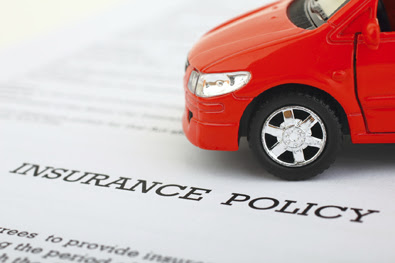
The basic personal auto insurance mandated by most U.S. states provides some financial protection if you or another driver using your car causes an accident that damages someone else’s car or property, injures someone or both.
But to make the best decisions about purchasing other types of auto insurance coverage you might need, you’ll want to understand what’s covered, what’s not covered and what’s optional. In addition to understanding types of coverage, you’ll also want to consider coverage amounts. Why? Because state-required minimums may not cover the costs of a serious accident, so it’s worth considering purchasing higher levels of coverage.
Here’s a rundown of the types of coverage available—some are required; others are optional; all are priced individually (a la carte) to let you customize coverage amounts to suit your exact needs and budget.
Mandatory Coverage
Nearly every state requires car owners to carry the following auto liability coverage:
- Bodily Injury Liability— This covers costs associated with injuries and death that you or another driver causes while driving your car.
- Property Damage Liability— This coverage will reimburse others for damage that you or another driver operating your car causes to another vehicle or other property, such as a fence, building or utility pole.
Frequently Required Coverage
Many states require that you carry the following coverage:
- Medical Payments or Personal Injury Protection (PIP)— Provides reimbursement for medical expenses for injuries to you or your passengers. It will also cover lost wages and other related expenses.
- Uninsured Motorist Coverage— Reimburses you when an accident is caused by an uninsured motorist—or in the case of a hit-and-run. You can also purchase underinsured motorist coverage, which will cover costs when another driver lacks adequate coverage to pay the costs of a serious accident.
Optional Coverage
While basic, legally mandated auto insurance covers the cost of damages to other vehicles that you cause while driving, it does not cover damage to your own car. To cover this, you need to purchase the following optional auto insurance coverages:
- Collision— This optional coverage reimburses you for damage to your car that occurs as a result of a collision with another vehicle or other object—e.g., a tree or guardrail—when you’re at fault. While collision coverage will not reimburse you for mechanical failure or normal wear-and-tear on your car, it will cover damage from potholes or from rolling your car.
- Comprehensive— This provides coverage against theft and damage caused by an incident other than a collision, such as fire, flood, vandalism, hail, falling rocks or trees and other hazards—even getting hit by an asteroid!
- Glass Coverage— Windshield damage is common, and some auto policies include no-deductible glass coverage, which also includes side windows, rear windows and glass sunroofs. Or you can buy supplemental glass coverage.

 Posted by Insure Smart
Posted by Insure Smart  Wednesday, July 11, 2012
Wednesday, July 11, 2012  0 Comment(s)
0 Comment(s)



